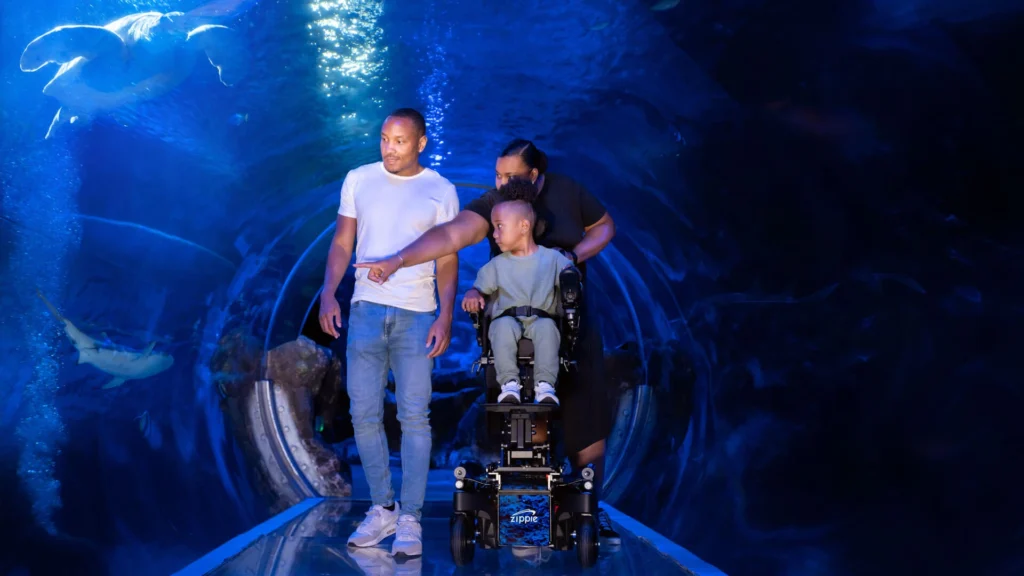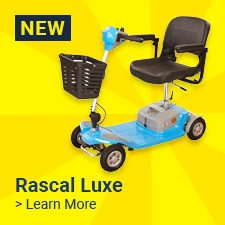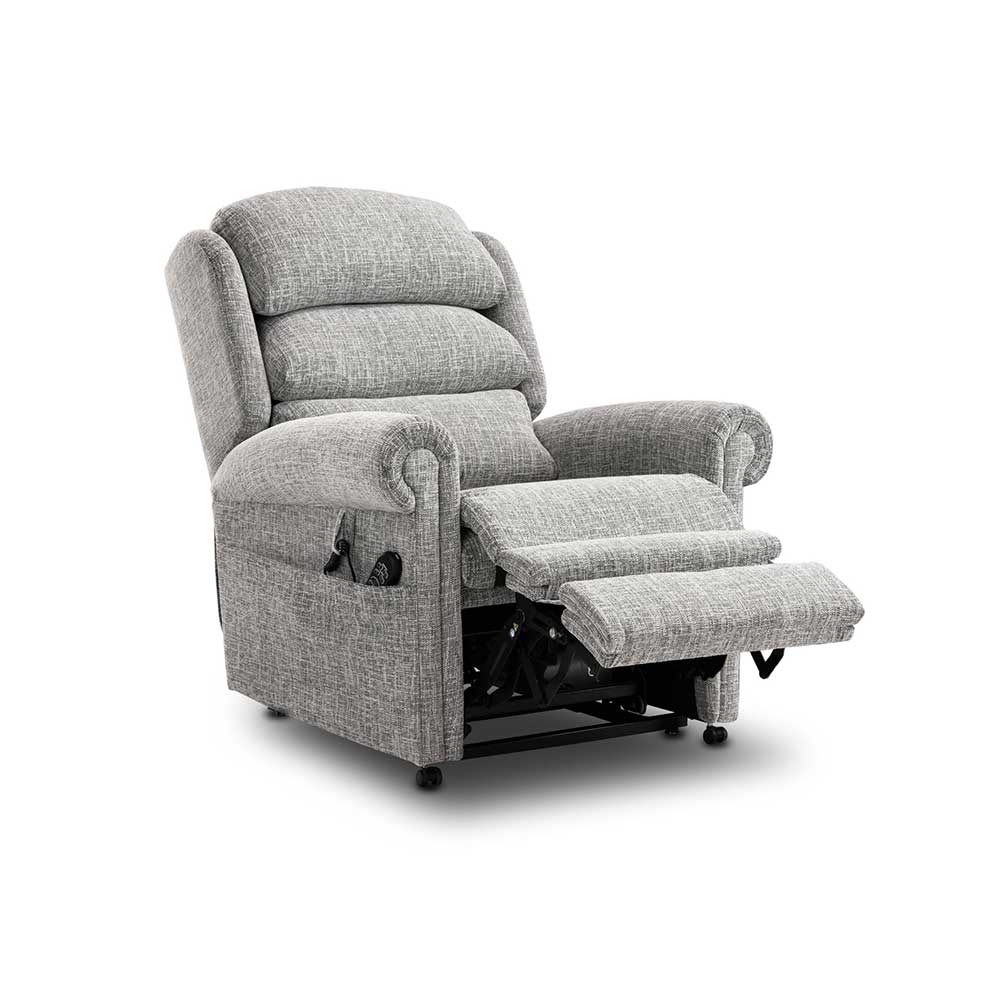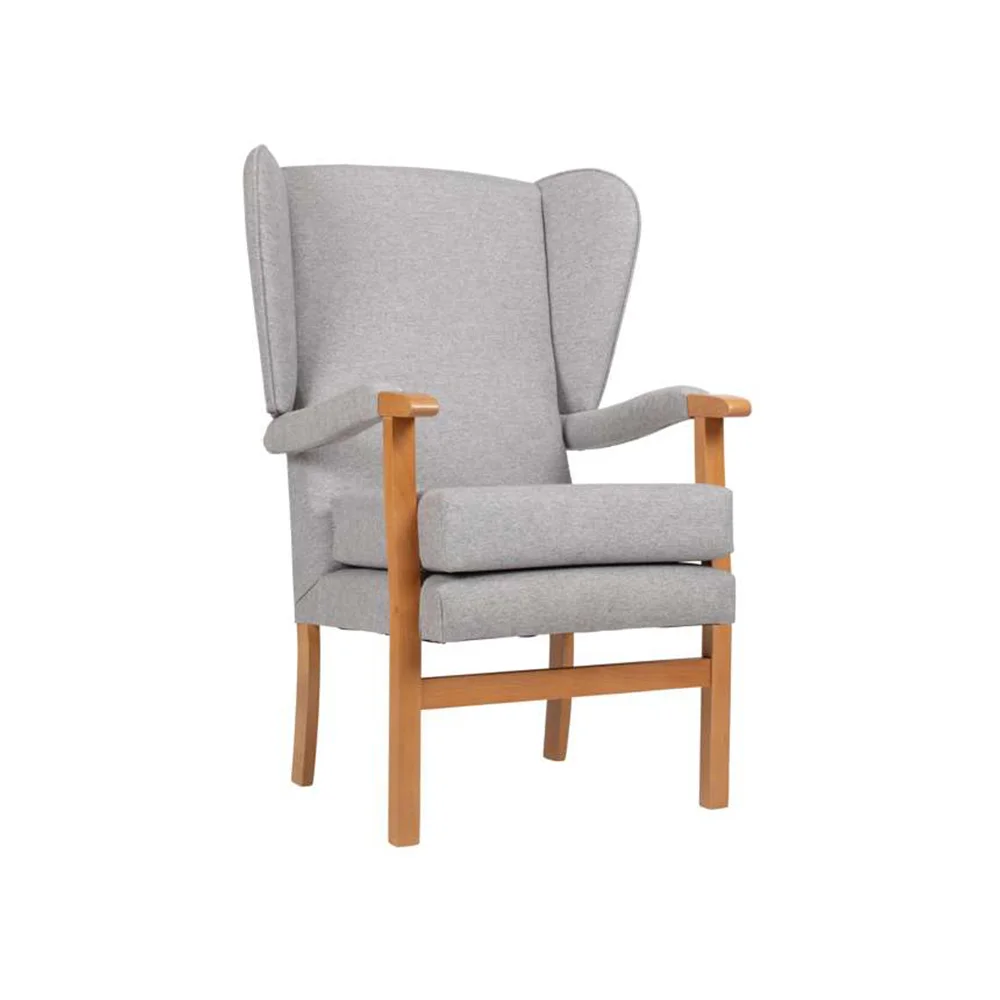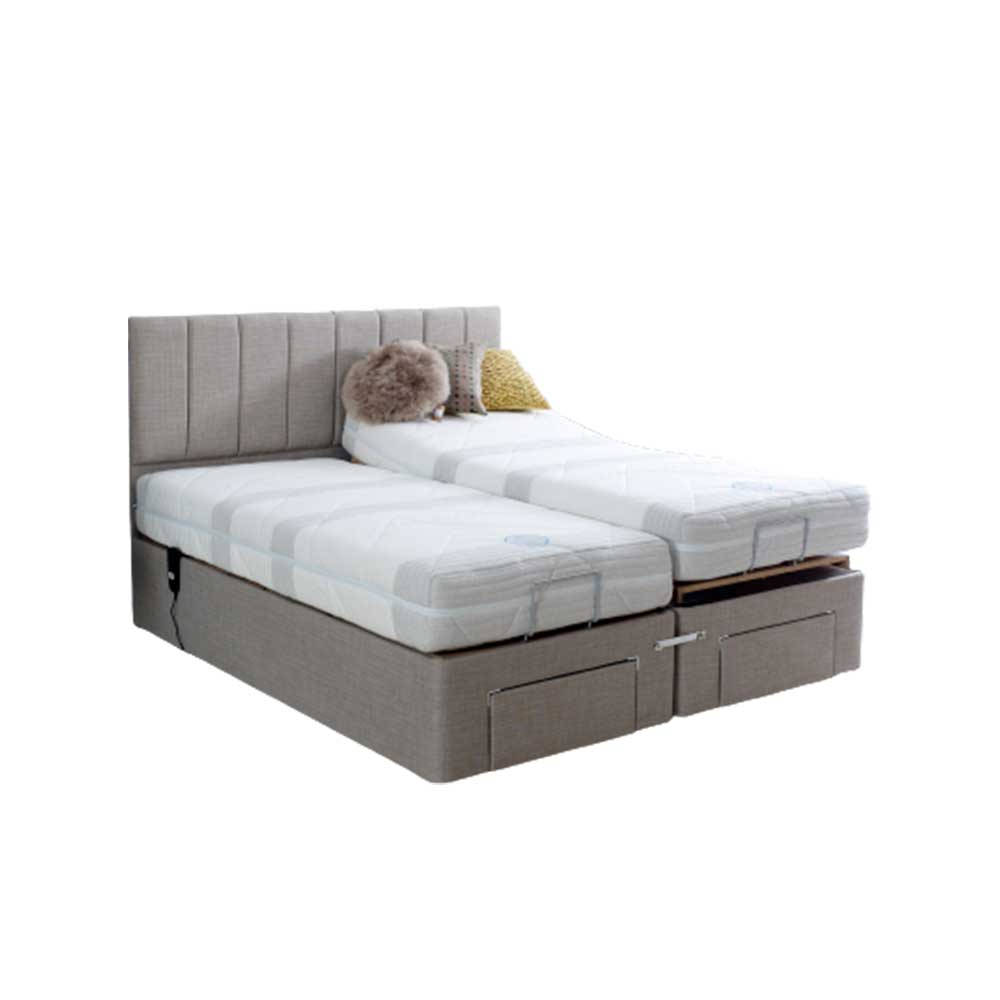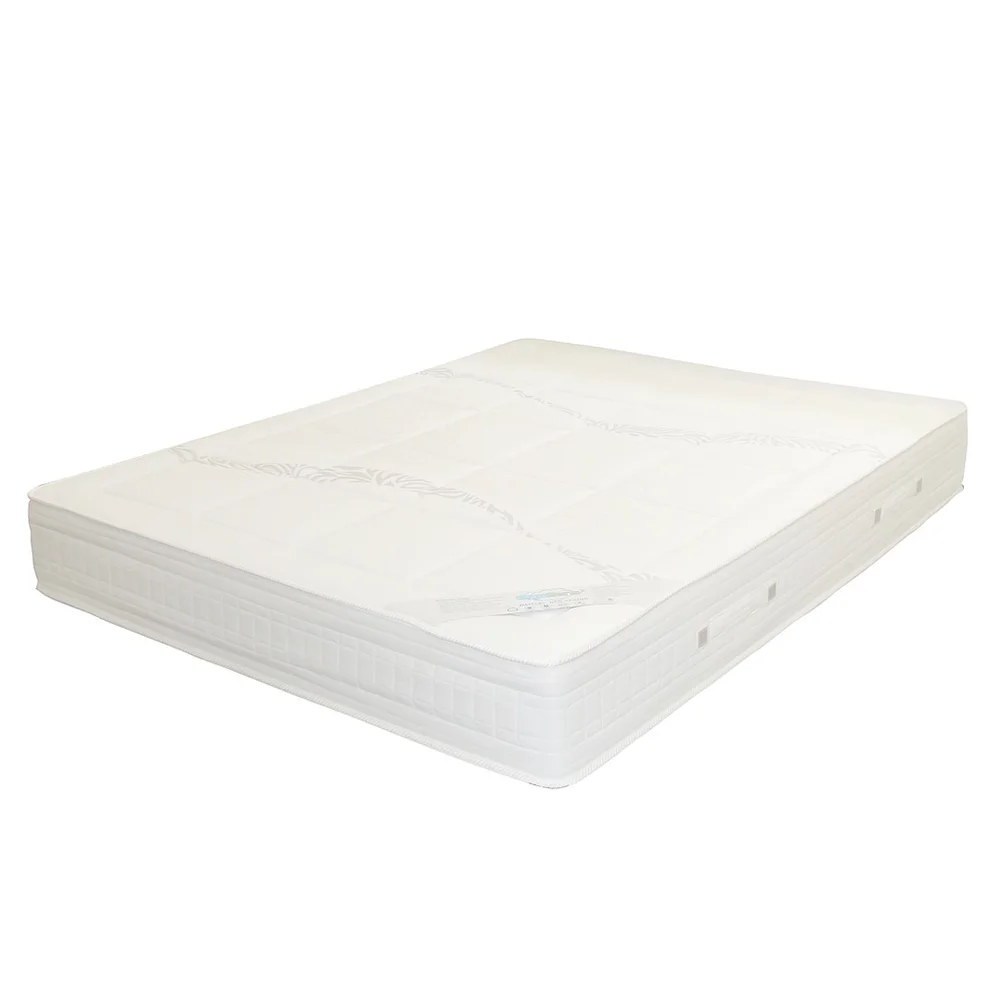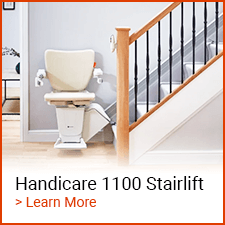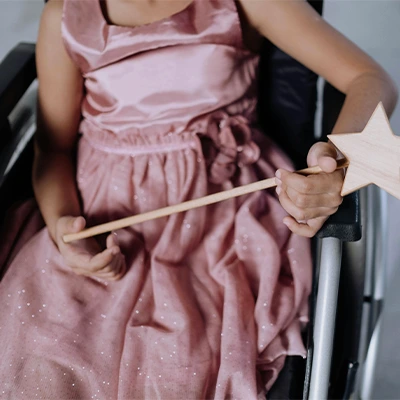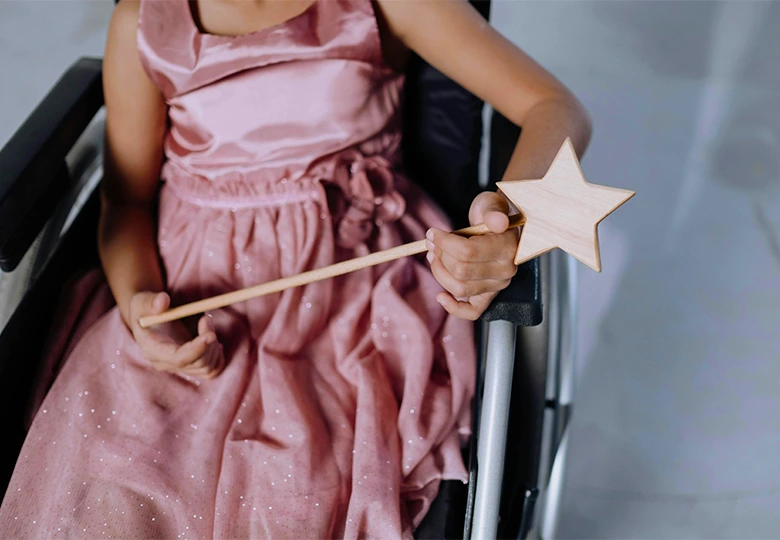
A Fresh New Start
Pencil case, PE kit, notebooks, a new uniform that fits. For many parents, the start of a new term means gathering the essentials to make sure their child is prepared for the academic year ahead. For some parents, however, their back-to-school shopping list may also include a paediatric powerchair or wheelchair. Whether you are updating your child’s mobility device, or you are at the start of your child’s mobility journey, there is plenty you need to know about paediatric wheelchairs and powerchairs.
Most recent figures suggest that 11% of UK children are disabled, however these numbers do not specify how many of the children within this percentile are physically disabled and may need a mobility aid. As mobility specialists, we understand that a lot of the conversation around disability and mobility aids is geared towards adults, especially those on the older end of the population spectrum. As scary as a new school year may feel for you as a parent or guardian of a disabled child, we want you to know that you are not alone, and we are here to help, starting with answering some of the most common paediatric powerchair and wheelchair questions out there.

Wheelchairs VS Powerchairs: Which Is Right For My Child?
Wheelchairs are non-motorised, seated mobility aids. There are many types of wheelchair, including transit wheelchairs, which are operated by someone other than the person sitting in the chair, via handles on the back of the seat, or active wheelchairs, which can be steered by the user themselves. If your child has the strength and consistent ability to use their upper body, they will likely benefit most from an active-type wheelchair, to give them independence and confidence.
Powerchairs are similarly seated mobility aids that look very similar to wheelchairs, except they are operated using a control panel or joystick, and are motorised. These are a popular option for full time wheelchair users as they can reduce arm and shoulder strain, general fatigue, and generally speaking are much more customisable in terms of comfort features.
For wheelchairs, propulsion attachments and powerpacks exist to transform wheelchairs from manually-power devices to power-enabled.
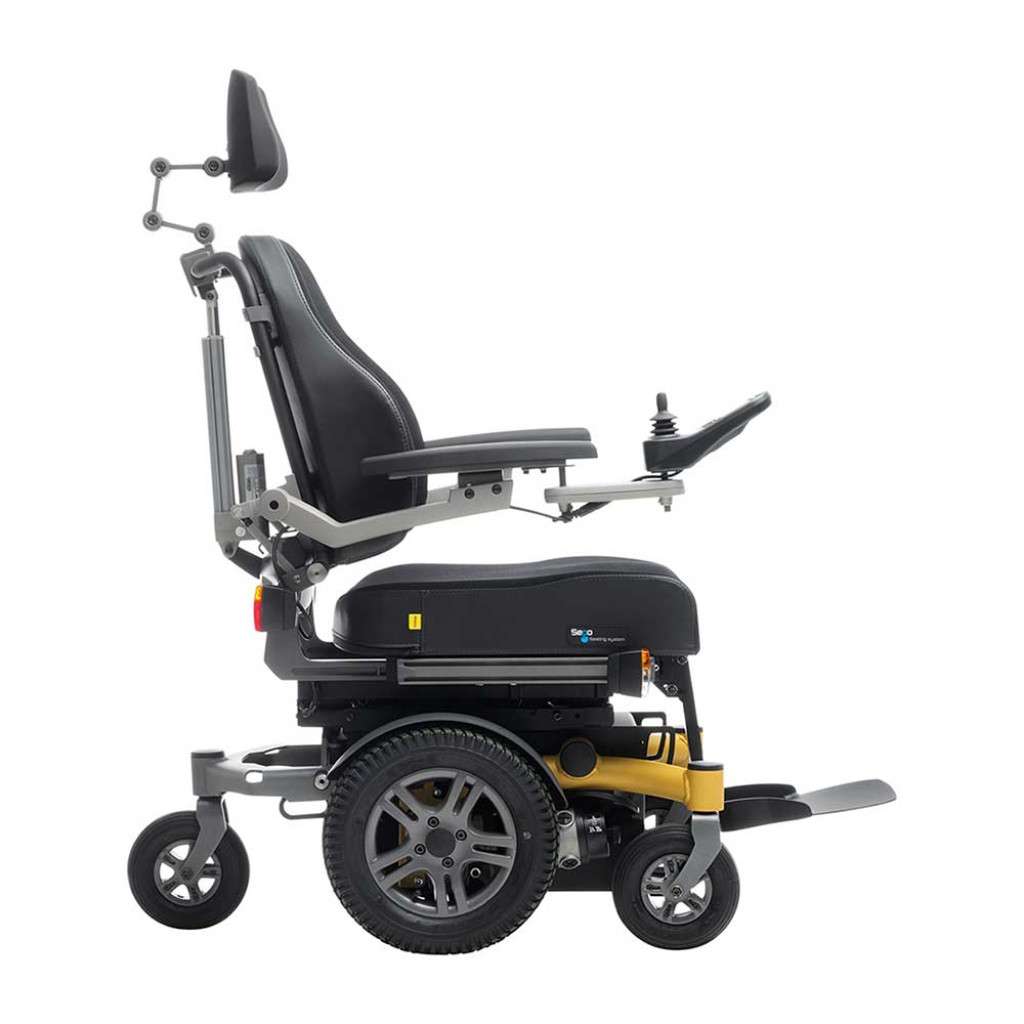
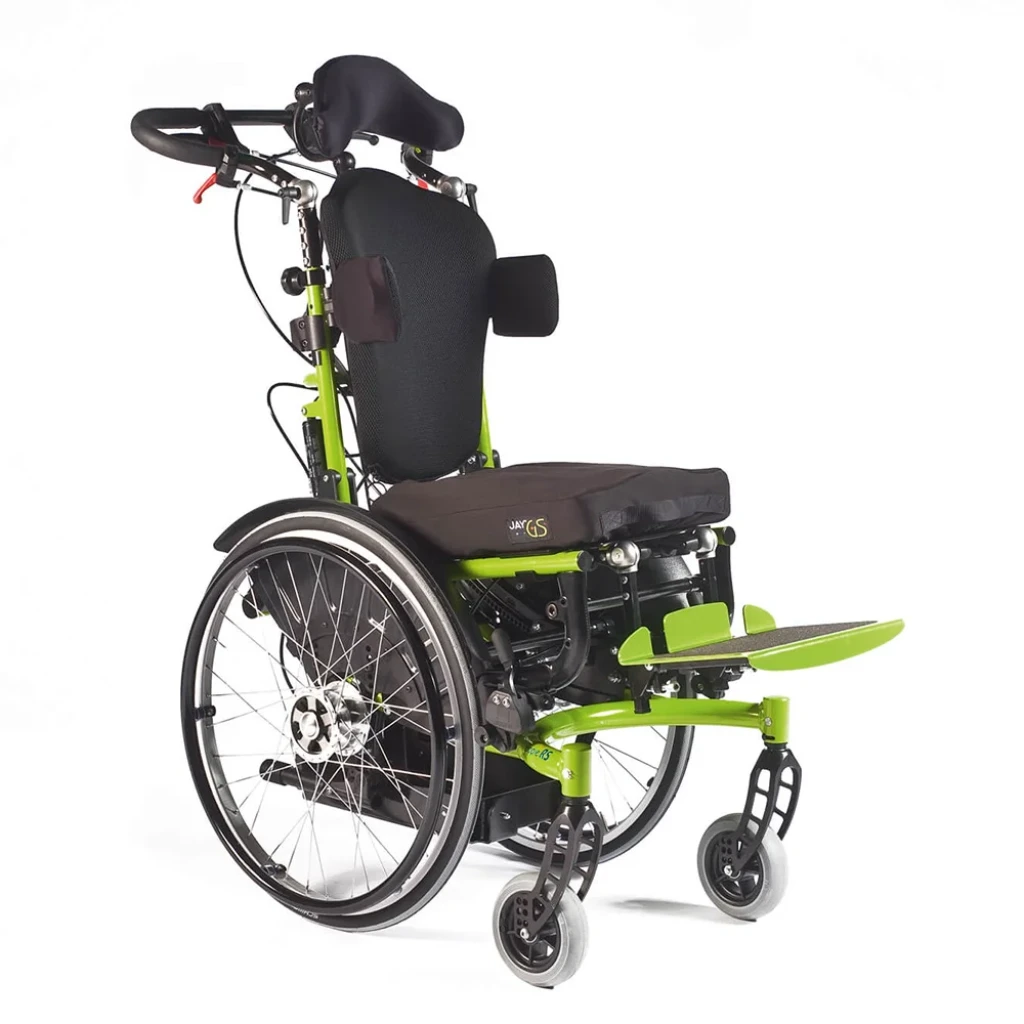
Deciding on the right mobility aid for your child is a big task, so we suggest including them in the process as much as possible. Jump to ‘Choosing A Chair’ for further advice on this.
One Size Does Not Fit All
Each manufacturer will have a different matrix for how they size their devices and the size options that they recommend for each age. When looking for a wheelchair or powerchair take into consideration your child’s size and weight, and how this aligns with the ‘common’ sizes of children in their age group. If they are smaller or larger than their peers on average, be sure to look for sizes up or down from what the manufacturer advises based on age alone.
The best solution for finding a device that fits is talking directly with a mobility specialist, who can help measure your child for a powerchair or wheelchair to fit them.
Alternatively, your local NHS trust may be able to arrange for a wheelchair service to take these measurements and submit a prescription to a trusted mobility specialist in your area, who would then go forth and find options that fit the prescription’s specifications.
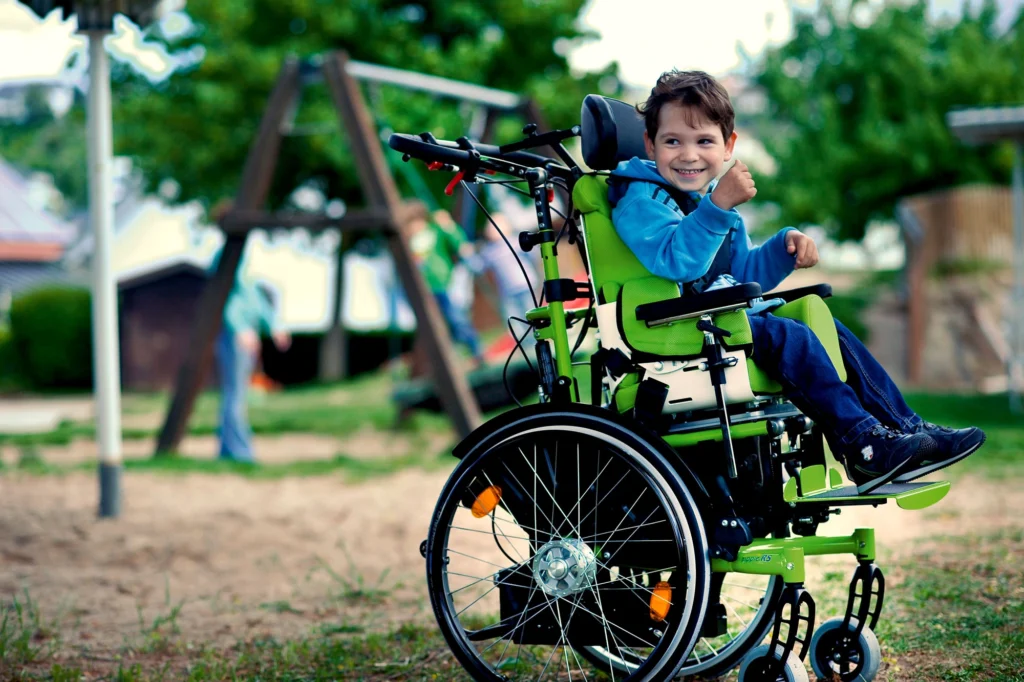
Charging and Maintenance
What if my child’s powerchair runs out of battery at school? How often should I charge their powerchair or wheelchair powerpack?
These questions are understandable. Range anxiety is a natural occurrence with any electronic vehicle or mobility device, but there are steps you can take to resolve these worries and address any potential charging challenges.
Firstly, it’s important to know that powerchairs and similar products are designed for long term, daily use. Many have batteries with a long range, and advances in battery longevity are ever-advancing. When shopping for powerchairs, it is common to see the range displayed as a maximum number of miles the chair can travel on a single charge, which can be confusing. How can you calculate the amount of miles your child may travel during a full school day, travelling from class to class, to and from the bathroom or social areas, etc? Your mobility advisor can help you make sense of exactly what those powerchair ranges would translate to in terms of time spent at school, and advise your child on how to conserve power.
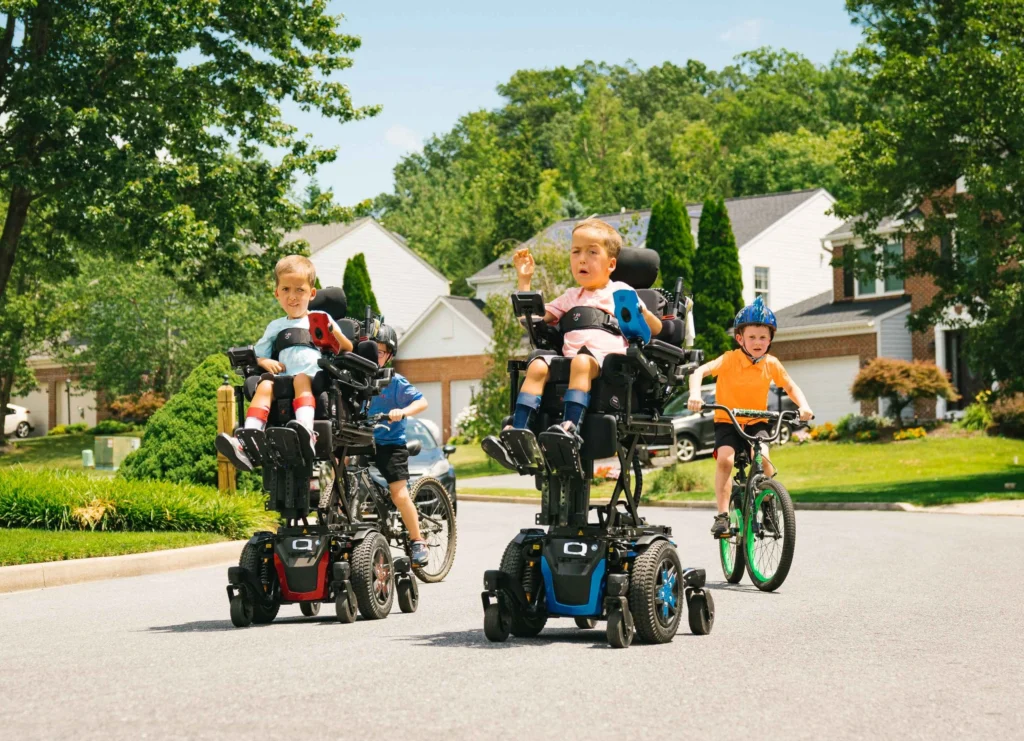
When it comes to charging and maintenance, here are a few tips to keep in mind:
- Charge the powerchair regularly and to full capacity.
- Invest in a second, ‘backup’ battery and charger – if you wish, the school may be happy to keep this on site in case of emergencies.
- Be sure to power down the chair when it is not in use.
- Be mindful of how speed and inclines may affect power.
- Do not overload the powerchair past its weight capacity. Heavy bags and books etc that are not needed are best stored in a locker, if the school has one. Make sure your child knows not to give rides on the chair to other students for this same reason, too.
- Ensure the powerchair is serviced regularly in accordance with the supplier’s guidance.
Protecting My Child and Their Mobility Device
Bullying, aggressive play, or the innocent carelessness and curiosity of other children will of course be a source of concern for parents and guardians of disabled children. Protecting your child and their mobility device is something most carers and parents are concerned about, but there are steps you can take.
Protecting Your Child:
- Make sure the school has a plan in place for keeping an eye on your child during break times, when accidents or incidents are most likely to occur.
- For younger children, it may be a good idea for your child’s teacher to explain to the class that it’s important to respect your child’s personal space and their mobility device.
- Work on fostering open communication with your child, so they feel comfortable telling you about any issues they may be having with their peers.
Protecting Their Mobility Device:
- Insure your child’s mobility device. If the mobility device was acquired using the Motability Scheme, it will already be insured as standard through the scheme. At Modern Mobility, non-motability customers can insure their devices with Mark Bates Insurance through us.
- Provide the school with a basic ‘fix’ kit for the device, including items such as allen keys and manufacturers instructions to perform any direly-needed small repairs themselves.
- Be vigilant about the size and weight of the school supplies your child is taking to school to avoid overloading the device past its weight capacity.
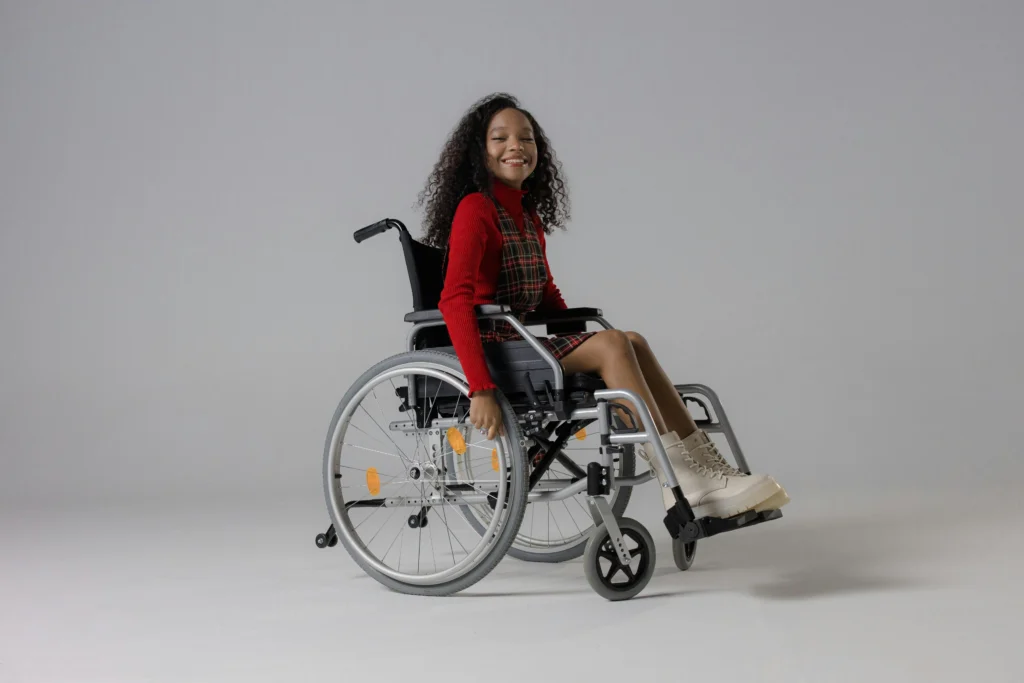
Changing Needs
Mobility devices are a big investment, especially for anyone acquiring one without the financial support of the NHS or a scheme like Motability. Most children are growing constantly, and your child’s needs from a mobility aid are as likely to change as their size.
When looking for a mobility device, we understand you may want to ‘size up’ or try to find a solution that is as adaptable as possible in order to last as long as possible. As much as we understand this, we must advise against getting your child a mobility device that is too large for them. Instead, in terms of adaptability, we can offer plenty of recommendations and adjustments that can be made to products that suit your child’s evolving needs, especially when it comes to powerchairs.
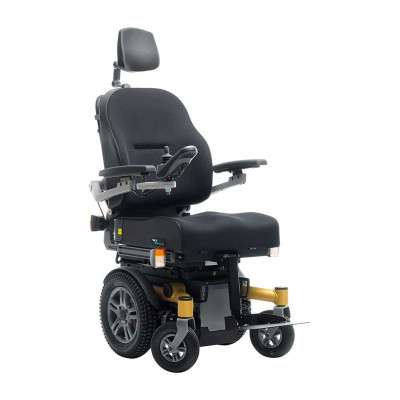
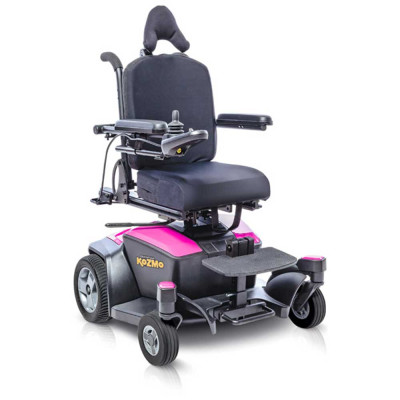
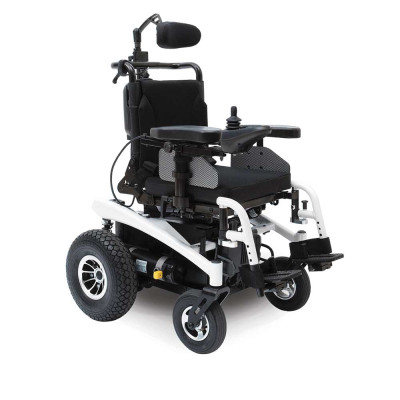
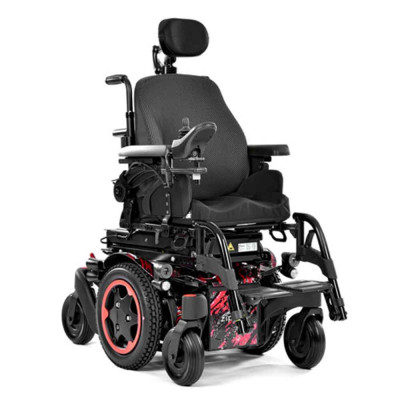
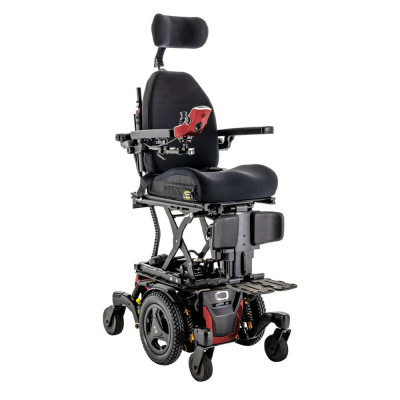
Communicating With The School
Your child’s school should have a member of staff dedicated to helping SEND children (special educational needs and disabilities). Contact them in plenty of time ahead of term to arrange a meeting with this SEND liaison.
If you are struggling to get a response from your child’s school, or they do not have a SEND-focused staff member for you to communicate with, contact your local council. Your council or local authority should be able to put you in touch with someone from their educational or learning body.
Once you have a point of contact with whom to discuss your child’s needs, here are a few things to go over would be:
- Evacuation policy for your child in case of an emergency.
- Any medications your child may need, where they will be stored, and who to contact about their medical needs.
- If your child will have a teaching aid or someone who will offer learning support.
- Accessibility in and out of the school, to toilets, to other floors of the school, and to lockers or similar secure student storage facilities
- Anti-bullying policy of the school, and how they will commit to supporting your child if they encounter discrimination.
- PE and other classes that your child may need additional accommodations to participate in.
Details pertaining to an Educational, Health and Care plan (EHC) for your child, which will outline their needs and how a school can support them in being met. EHC plans are made by the local authority after an assessment, and are shared with your child’s school.
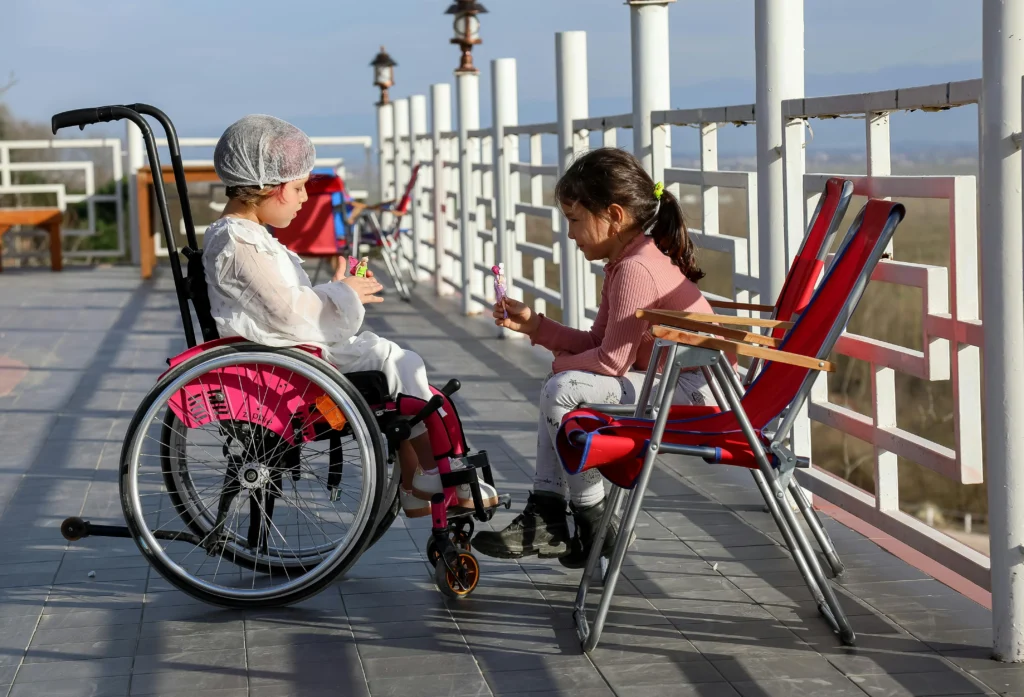
Choosing A Chair
It’s time to choose the powerchair or wheelchair that will carry your child through the next phase of their educational career – as well as their personal time and social life outside of school, too. Do not let the weight of the decision overwhelm you. Prepare yourself for the decision-making to come by deciding on the following:
- If a wheelchair or powerchair would best suit your child.
- Your child’s size, weight, and physical ability.
- The types of activities they will be expected to participate in at school.
- The school itself, including the terrain surrounding it, steps in/out of the building, etc.
Once you have the above details in order, remember to include your child when choosing their chair. To do this in an approachable but inclusive way, we suggest that you:
- Bring your child to any demonstrations or conversations about their potential mobility device.
- Ask them what they prefer, and what feels most comfortable to them.
- Invite them to make suggestions, especially in regards to how the chair looks (choosing the colour, adding accessories and stickers, any form of personalisation).
- Let the mobility advisor get to know them and build a rapport with the child, so they feel comfortable asking questions in any meetings or assessments with the advisor.
- Give them time to make decisions on things such as what type or colour they are more drawn to. Their device will play an integral part of their daily life, so make your appointments with enough time for your child to consider the options presented to them.
- Make it fun: if your child has the energy levels for it, then plan something fun after any assessments or demonstrations. This can be something as laidback as a movie night at home with themed snacks, or going out for a sweet treat or lunch nearby following on from an appointment.
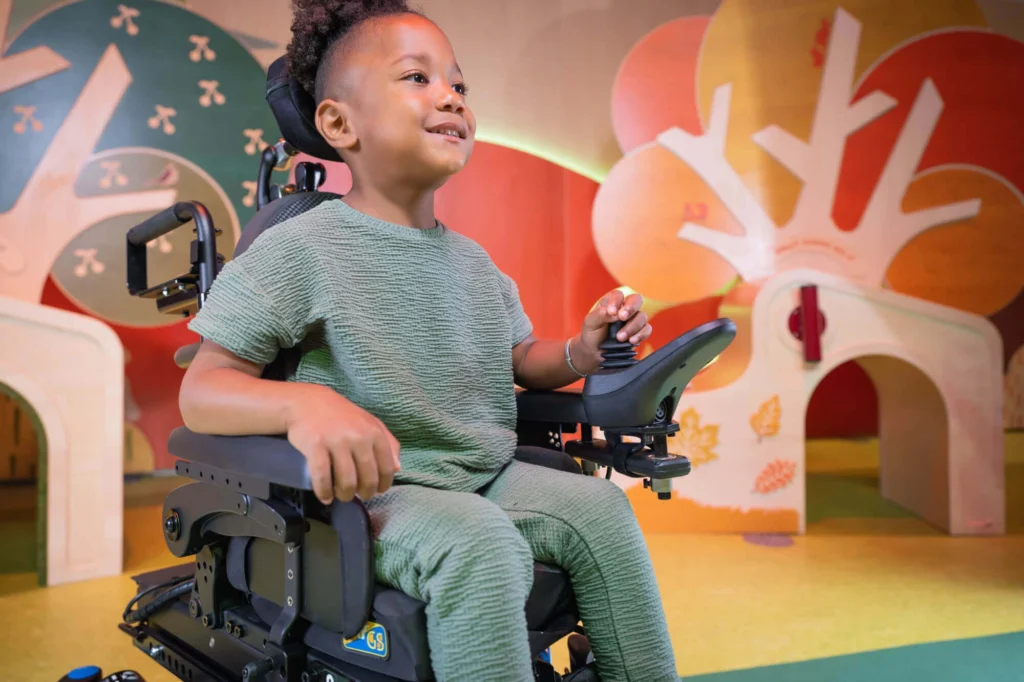
Specialist Support That Understands
From their first mobility aid to their most recent upgrade, we’re here to support your family through your child’s mobility journey. Our expert mobility specialists are friendly, approachable, and knowledgeable, dedicating their careers to helping families like yours find the right solutions for their unique needs. From the children who want to be astronauts, marine biologists, artists or athletes, to the teenagers just trying to enjoy their school experience while juggling exams and big decisions, your child deserves that kind of personalised, compassionate care and advice Modern Mobility offers.
Get in touch to find out more about our paediatric mobility products and support, or book an appointment at one of our Blackburn, Chorley, Clitheroe, or Leicester locations.
